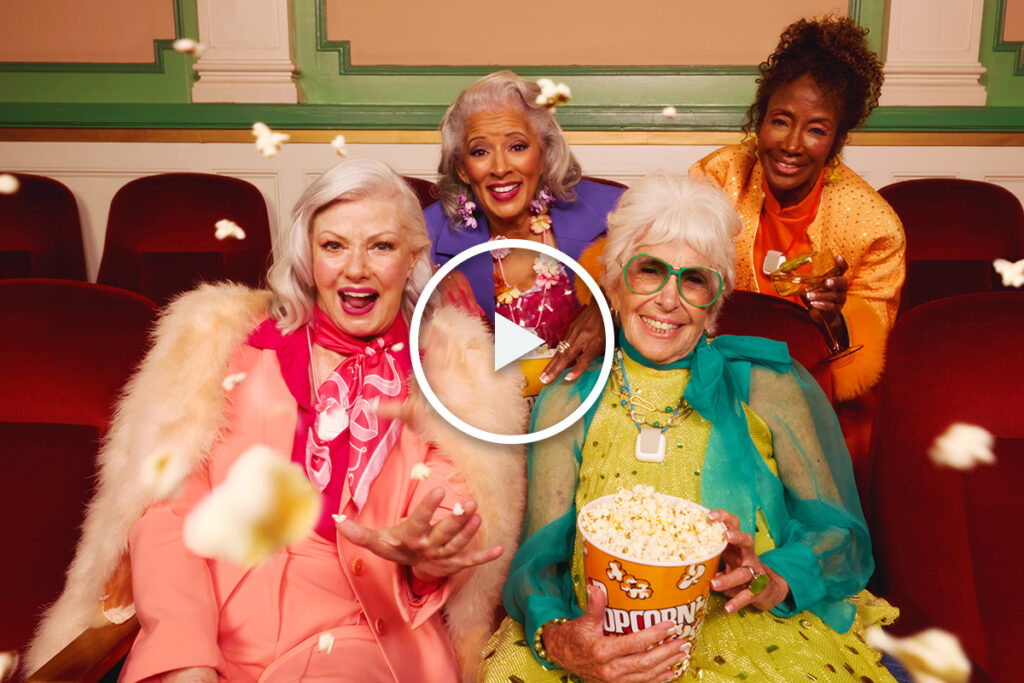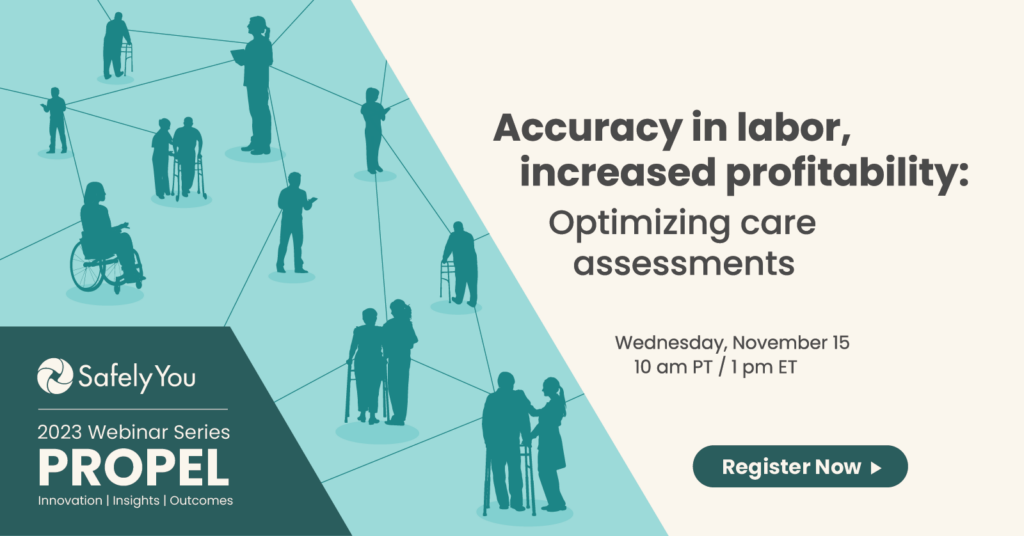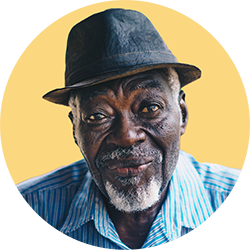Assisted living residents have been isolated in their bedrooms, stopped participating in group activities, and have halted all visitation and outings off-campus due to COVID-19 restrictions. This lack of physical activity means residents’ muscles have likely weakened, which could potentially lead to a spike in falls as residents become more active as restrictions begin to lift.
Assisted living residents are already at a high risk for falls, so physical activities are generally routine and encouraged because they served as an important means of fall prevention prior to the pandemic. Activities such as walking, stretching, and even dancing help reduce the fall risk by improving strength, balance, coordination, and flexibility.
It has been especially difficult for residents who were used to being socially and physically active to cope with limited mobility. Since restrictions are now easing, it is important for the care staff to work with residents and prepare them for a more active lifestyle. The following are a few tips to help residents prepare to be more active as they emerge from isolation:
- Empower care staff to take brief one-on-one walks around the community with residents. Even 10 minutes can make a big difference.
- Encourage simple, functional activities with staff supervision, such as standing at the sink while grooming, reaching into the closet to select an outfit for the day, or standing during a group game.
- Keep socially engaged by scheduling FaceTime calls with friends and family.
- Get creative by leveraging the community social worker, hospice staff, activities programming team, and others in the community to engage with the residents.
These seemingly simple activities will go a long way in strengthening residents and preventing falls as they begin to socialize again.






